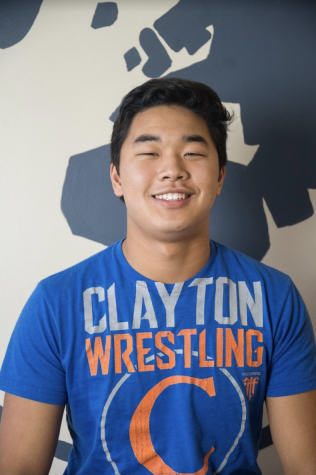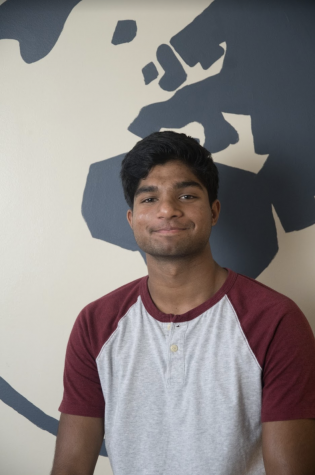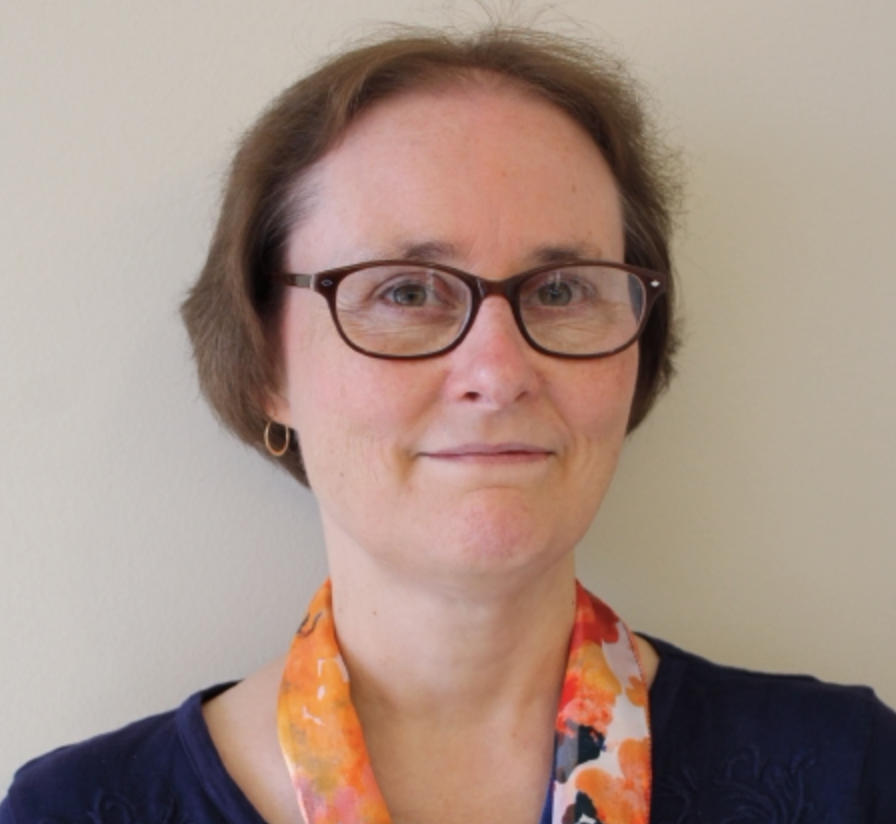CHS Latin Teacher Dr. Pamela Skinner found a herbaceous way to break the monotony of the summer months.
“I noticed the garden spaces when the new wing was built and then I started parking on this side of the building. And my husband and I, we would sometimes commute together. We would see the gardens, and they are not used except in the fall for a couple of months,” Skinner said. “We would see the weeds grow and grow [until] they would get up to about four feet. Over the summer, somebody mowed the weeds down but still, nobody ever used it.”
With a vision in mind, Skinner went to CHS principal Dr. Dan Gutchewsky, who approved her idea to plant a garden in this unused space. Yet another obstacle stood in the way: Chuck Collis, AP Environmental Science Teacher at CHS, whose class uses the garden area every fall.
“He said ‘no problem’ as long as I have no issue with getting my stuff up by mid-August. And so, two summers ago, [my husband and I] started the garden,” Skinner said
The Skinners, whose previous experience with a gardens at home helped guide their new endeavor, were excited to bring their passion to a new location.
“My husband and I both love to garden, but we live in an urban, small lot, and most of the garden at home is comprised of flowers. One of these spaces at school is about three times as large as the space we have for vegetables at home and has much more sun,” Skinner said.
The larger and more open location allowed Skinner to explore new gardening methods and grow larger vegetables.
“We had to grow things that did not need support. For example, at home we would grow plants like beans which would grow up wire cages and poles. Skinner said. “So at Clayton we grew bush green beans, beets, peppers, both hot and sweet and eggplant, which I have never grown before, yet I was interested in trying. This past summer, we [began] early enough that we were able to grow lettuce.”
Skinner’s passion for horticulture stems from the randomness, uncertainty and lack of control involved in gardening.
“My neighbor gave me two cauliflower plants when [we] were little. Because we didn’t have the space at home, we planted them at school. They were 12 inches apart, and I would have thought it was the same soil, yet one plant grew a foot across while the other did nothing,” Skinner said.
Although Skinner and her husband worked on the garden themselves, Skinner was happy to share the produce with other faculty members.
Back when the library’s coffee pot served as a central meeting location for CHS teachers, Skinner would bring vegetables to share near the coffee. Skinner also passed the vegetables through her department, the Greyhound room, and the science department whose space had made the garden possible.
Looking back on the summer fondly, Skinner said, “Mostly the gardening was very positive. Sometimes a few [vegetables] ended up missing, yet the food is for everybody.”
Skinner, a true teacher at heart, said, “If any students would like to join me in the gardening effort, I think we could find a way to do that. It’s been really fun.”


